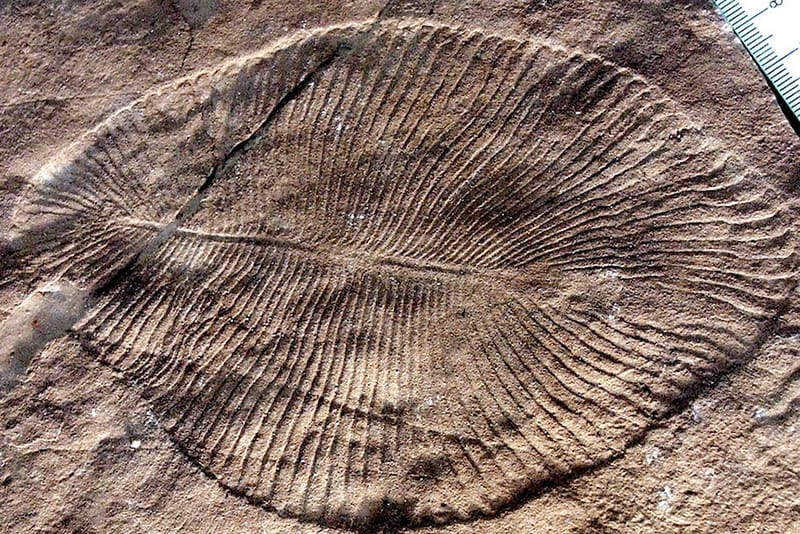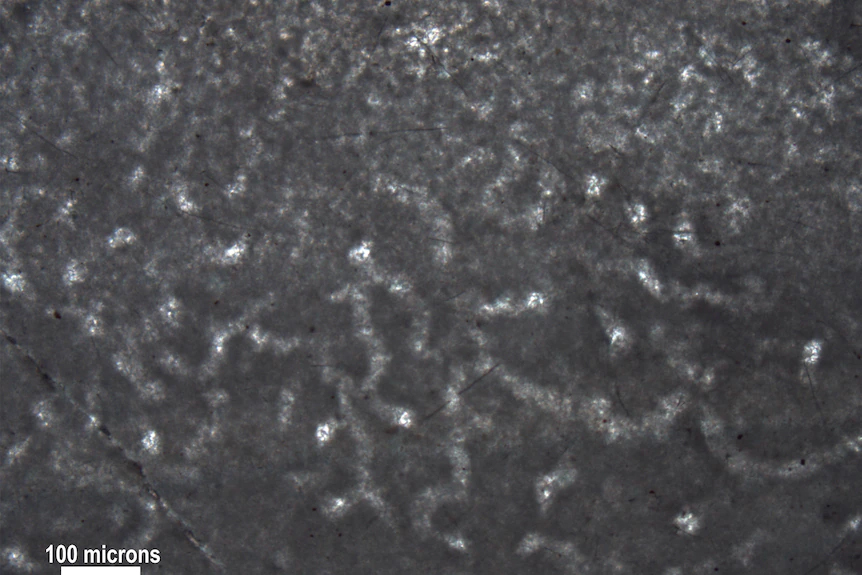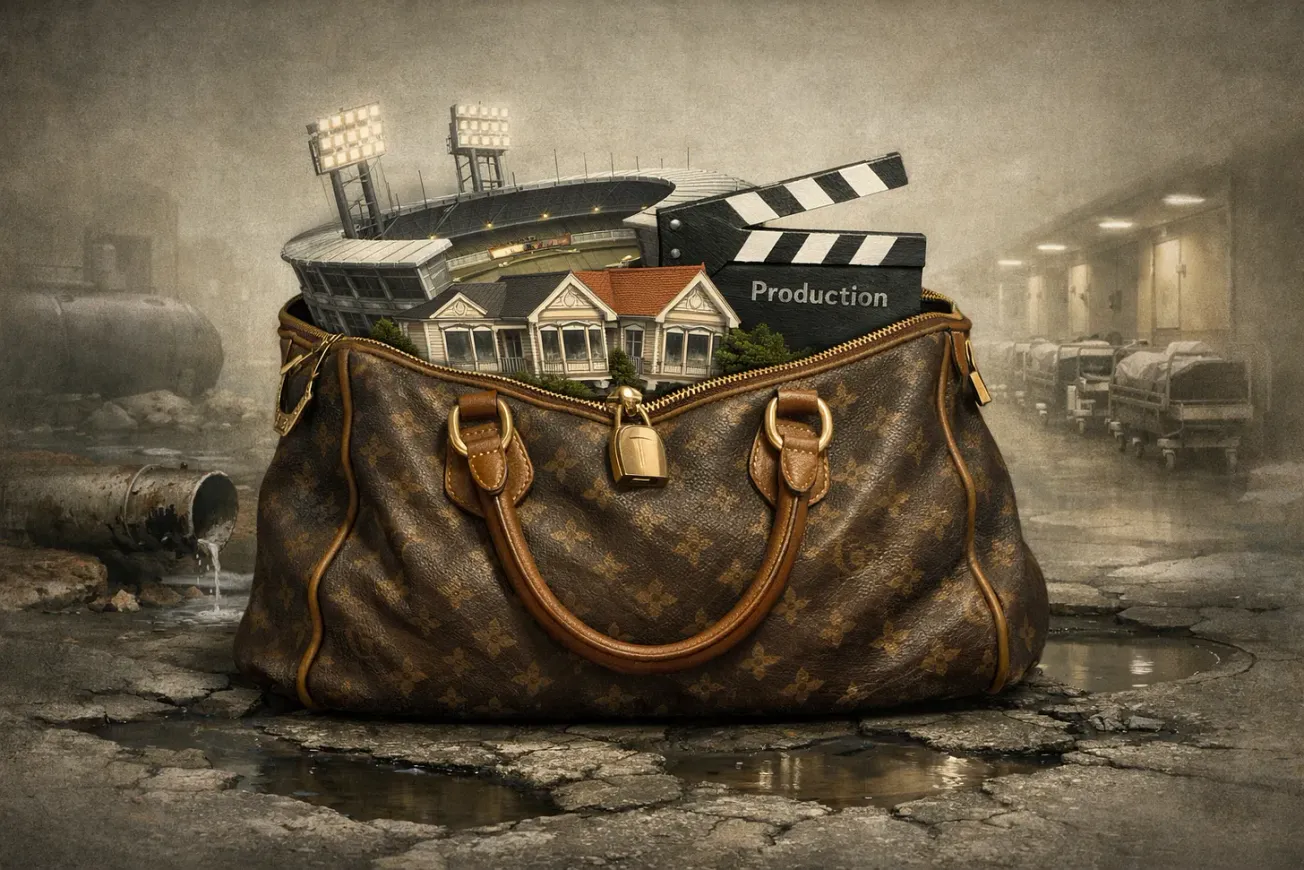Table of Contents
When Charles Darwin published On the Origin of Species in 1859, the book caused an uproar. Darwin’s was the most serious challenge to Biblical literalism since Galileo. He also made a great many people uncomfortable simply by dethroning the image of humans as specially created in the divine image.
People were literally offended at the idea of “men from monkeys”. While that claim misstates Darwin’s argument, it remained true that Darwin’s theory implicitly proved that humans are the descendants of older, more “primitive” creatures.
In fact, science suggests now that our oldest-known ancestor — indeed, the possible progenitor of all animal life — was a distinctly unflattering creature looking somewhat between a single leaf and a flat worm, called Dickinsonia.

But a new discovery may dethrone even Dickinsonia, making our oldest-known ancestor a humble sponge.
Two decades ago, geologist Elizabeth Turner set out to explore the ancient reefs locked away in the Mackenzie Mountains in north-west Canada[…]it turns out that Dr Turner may have stumbled across the earliest known animal fossils, according to a paper published today in Nature.
The tiny structures embedded in the 890-million-year-old rocks look remarkably similar to the skeletons of sea sponges, suggesting that these simple creatures were thriving in the oceans earlier than previously thought[…]
But some scientists are sceptical about whether the fossils are sponges or may have even been created by a biological process.
The only problem with studying the most primitive life forms is that they were all soft-bodied. Hard body parts likes shells didn’t show up for nearly another 400 million years.
Fossilisation is not a process that’s generally favourable to soft body parts. In one or two rare fossil beds, such as the Ediacara of South Australia or the Burgess Shale fossils, a miracle of geology has preserved remarkable impressions of many soft-bodied creatures, including Dickinsonia, which otherwise might have never entered the fossil record.
But many other possible soft-bodied fossils are far less easily identified. What might be a microfossil, for instance, might just as easily have a completely non-organic origin.
Sponges are simple animals that were around long before the dinosaurs, making them useful for studying how life on Earth evolved from single-celled organisms to the animals we know today, including humans.
So far, the oldest fossilised traces of sponges in ancient rocks date to around 540 million years old, placing them at the beginning of the Cambrian — a period when evolution kicked into high gear and produced an extraordinary diversity of animals.
But the genes of modern sponges suggest they could have emerged up to 400 million years earlier than their fossils suggest.
This suggests they could have been around before Dickinsonia, a flat, oval-shaped creature that has left behind 558-million-year-old fossils, which currently top the list as the earliest known animal remains in the geological record.
But, as we see, finding fossils of soft-bodied creatures like sponges is no easy task – especially when ancient sponges were much simpler than even their modern counterparts.
“If you go further and further back in time, much of the complexity disappears and it becomes harder and harder to recognise what you’re looking at,” said Professor Jochen Brocks, who was not involved in the study.
“The more simple it is, the more likely it is that something non-biological made it by pure accident.”
If they are indeed sponges, they lived through some pretty tough times, including the Snowball Earth. Some 650 million years ago, the Earth underwent an Ice Age to dwarf all others. It’s thought that nearly the entire Earth, except for perhaps a thin band of seasonal melt near the equator, was frozen.
The findings also suggest some animal life made it through a massive ice age that took place between 720 and 635 million years ago.
“In all probability, these glaciations did not wipe out life and it didn’t have to start out all over again afterwards,” Dr Turner said.
So what do these possible fossils actually look like?

The slices contained an intricate pattern of tube-shaped structures that branch out in three dimensions[…]
But Professor Brocks isn’t totally convinced that the sponge-like structures are a smoking gun.
In fact, “they may have nothing to do with biology at all,” he said, adding that carbonate minerals can also form in branching structures.
Jim Gehling, a palaeontologist at the South Australian Museum, added that the fossils don’t show classic physical features of sponges, such as an opening for filtering seawater or expelling waste.
This makes it difficult to tell whether the mesh-like fossils are truly sponges, or colonies of marine algae that take on a similar appearance, he said[…]
“Unfortunately, it is very difficult to separate early fossil sponges from early bacterial colonies.”
ABC Australia
Whatever the fossils may be, one thing is certain: the story of life on Earth is far from settled.
Please share this article so that others can discover The BFD









